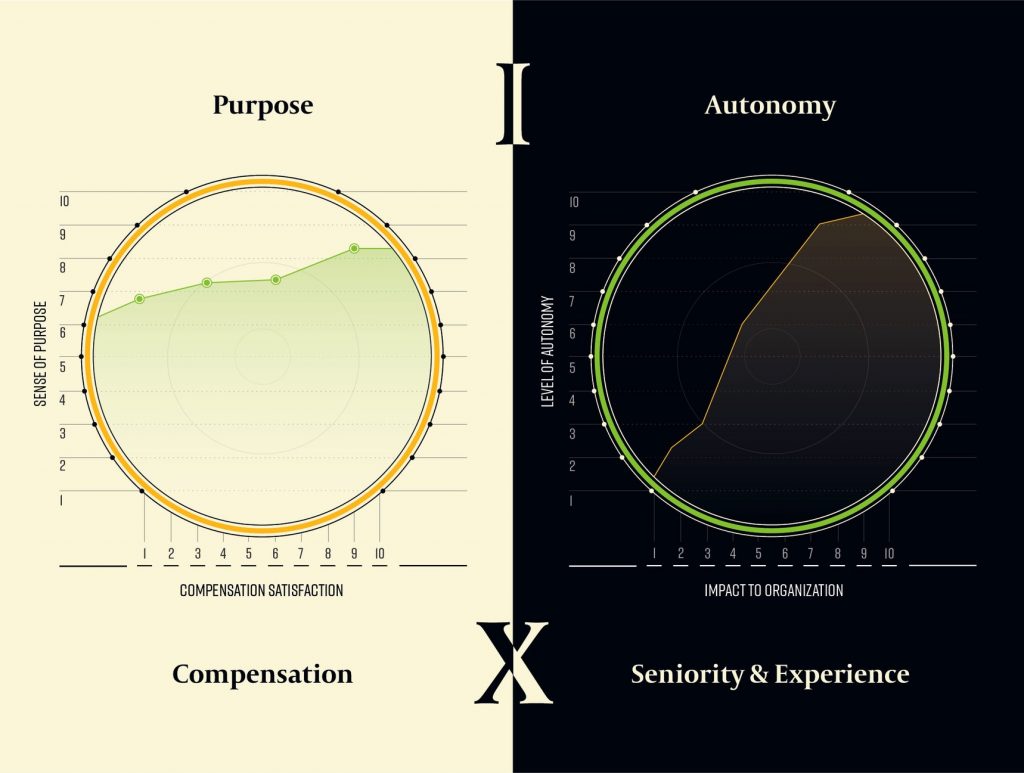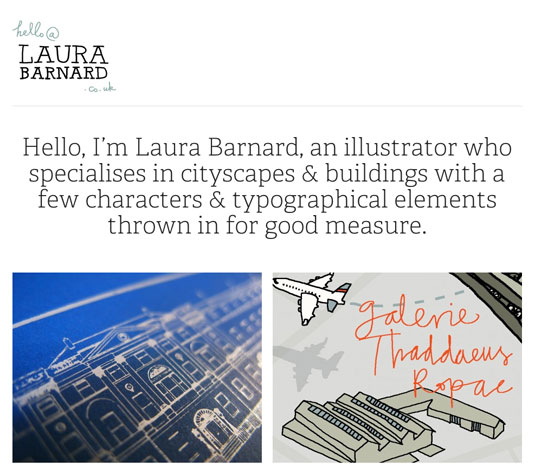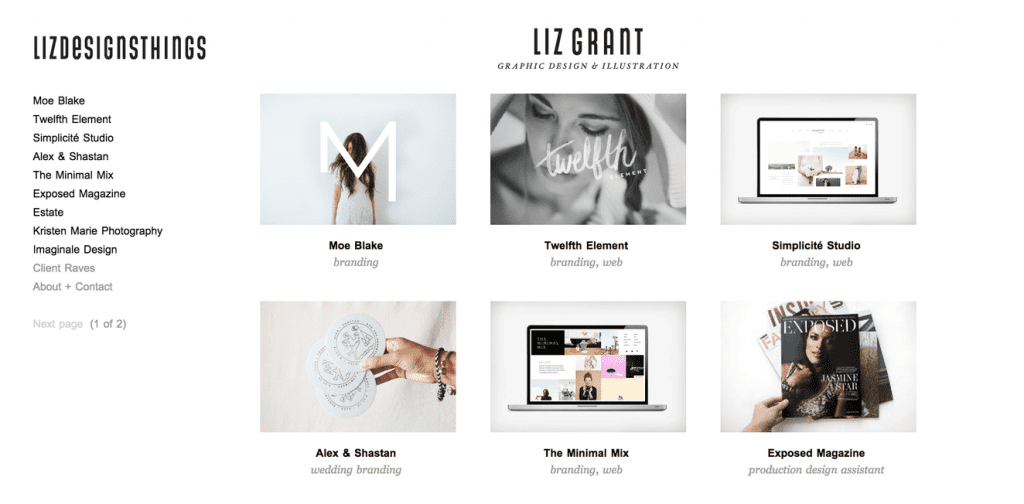Building a portfolio is a task that often seems daunting at first, regardless of your profession. It should, in fact, be rather easy to put a portfolio together, but you need to understand how to do it.

SO WHAT EXACTLY IS THE DESIGN INDUSTRY ANYWAY?
For an industry as competitive as design, it is important that, if you want to achieve a reasonable level of success, you keep a copy of all the work you produce to add to your portfolio. Below are some tips for maintaining a professional level portfolio and for promoting yourself as an individual designer, gleaned from some of those who have already made it in the field.
Show Passion for Your Own Work

Create the perfect design portfolio: 30 pro tips
Simply putting your completed projects together only tells a very shallow story of your evolution as a designer. Instead, present your work in the format of a case study; something you have reviewed and considered from multiple angles. Begin by explaining what you set out to achieve with each piece, then show how you went about reaching your goal, and finally review whether you were successful or not and consider why you succeeded or failed.
Showing your process as well as your work demonstrates your value as a designer more effectively and carefully considered reviews look more professional and will carry more weight than simple pictures. You shouldn’t be afraid to show work just because it wasn’t successful or didn’t achieve what you initially set out to. You should still include such work, but be concise and clear in your analysis of why.
Take Presentation Seriously

Create An Awesome Design Portfolio With These 20 Pro Tips
The way in which you present your work will affect others’ perception of it and the neater and easier to read your portfolio is, the easier time a viewer will have in taking in everything inside. Along these lines, you should also consider what work you’re going to put in your portfolio. Keeping it focused on one subject will help define you and your work to any potential recruiters, so decide what area you want to work in, be it logo design or mobile app UI design, and curate your portfolio to focus on the relevant subject.
There is nothing wrong with having multiple portfolios if you have multiple areas of interest.
Always Be on The Lookout for New Opportunities
Embrace Disruption: Key Factors Shaping the Future of the Design Industry
You can only add work to your portfolio if you are working. As such, the easiest way to build your portfolio is to make it an incidental part of looking for and undertaking new work. There are always individuals and organizations on the lookout for new designers. Perhaps you know someone who has completed an online MPA degree and has set up their own non-profit organization. You could offer your services producing a logo or website depending on your specialty. There are endless possibilities for recent graduates of an online MPA program.
Building a strong, professional-looking design portfolio should be something you do automatically as you take on new work. The more detailed you can make your self-analysis and the greater understanding of your own strengths and weaknesses you can demonstrate, the more successful you’ll be.